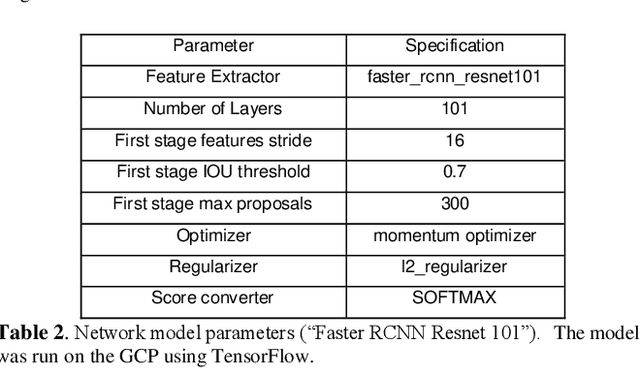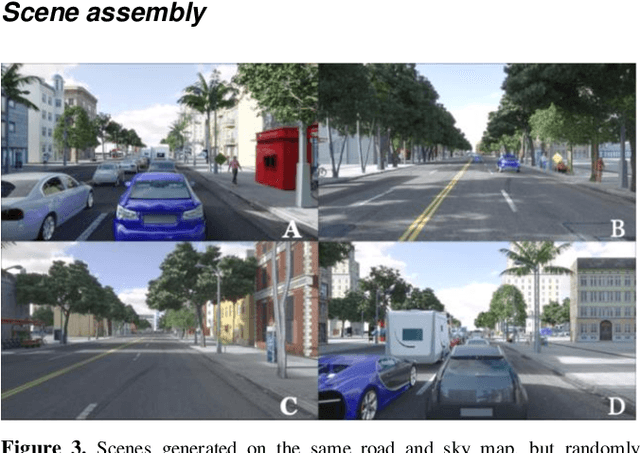Shuangting Liu
A system for generating complex physically accurate sensor images for automotive applications
Feb 12, 2019



Abstract:We describe an open-source simulator that creates sensor irradiance and sensor images of typical automotive scenes in urban settings. The purpose of the system is to support camera design and testing for automotive applications. The user can specify scene parameters (e.g., scene type, road type, traffic density, time of day) to assemble a large number of random scenes from graphics assets stored in a database. The sensor irradiance is generated using quantitative computer graphics methods, and the sensor images are created using image systems sensor simulation. The synthetic sensor images have pixel level annotations; hence, they can be used to train and evaluate neural networks for imaging tasks, such as object detection and classification. The end-to-end simulation system supports quantitative assessment, from scene to camera to network accuracy, for automotive applications.
Pixel Level Data Augmentation for Semantic Image Segmentation using Generative Adversarial Networks
Nov 01, 2018



Abstract:Semantic segmentation is one of the basic topics in computer vision, it aims to assign semantic labels to every pixel of an image. Unbalanced semantic label distribution could have a negative influence on segmentation accuracy. In this paper, we investigate using data augmentation approach to balance the label distribution in order to improve segmentation performance. We propose using generative adversarial networks (GANs) to generate realistic images for improving the performance of semantic segmentation networks. Experimental results show that the proposed method can not only improve segmentation accuracy of those classes with low accuracy, but also obtain 1.3% to 2.1% increase in average segmentation accuracy. It proves that this augmentation method can boost the accuracy and be easily applicable to any other segmentation models.
 Add to Chrome
Add to Chrome Add to Firefox
Add to Firefox Add to Edge
Add to Edge